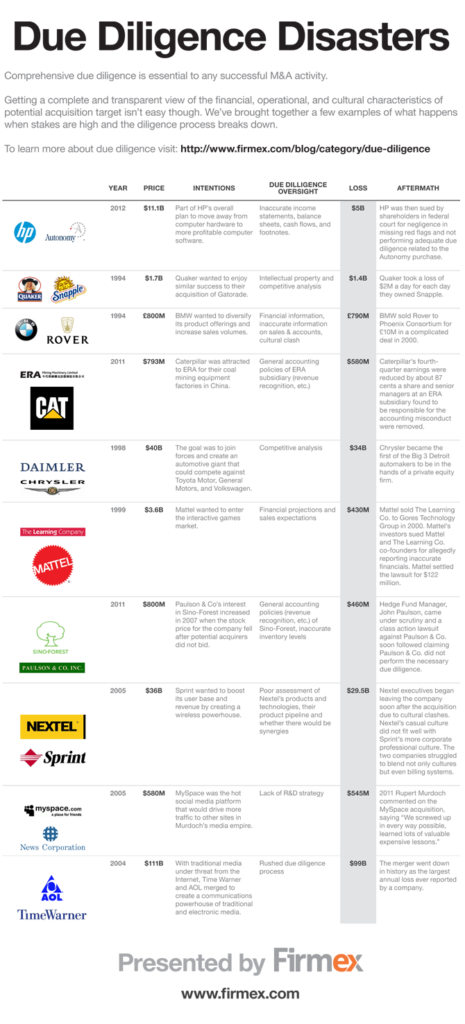A Shift in Investment Strategy 📉➡️📈
After the frenzied heights of COVID—where businesses were overvalued and AI was still a nascent force—many expected the downturn and uncertainty that followed to buoy the due diligence market.
Investors, it seemed logical to assume, would take more time, conduct deeper analysis, and scrutinise deals more thoroughly.
That didn’t quite happen. 🤔
I still meet investors pouring capital into tech firms without conducting Tech Due Diligence (Tech DD). Instead of pushing my views onto them, I’ve learned to understand their perspective.
“Project Doom”? No Thanks. ❌
I could list all the reasons why Tech DD should be non-negotiable—cybersecurity risks, post-acquisition vulnerabilities, and the fact that new deals are fresh targets. The argument that a small investment in Tech DD now will save thousands later is valid.
But fear-based tactics don’t work. Not on me, not on investors. The only reason Tech DD makes sense? If technology provides visible value on the P&L.
If it does, then Tech DD is a no-brainer.
The Rise of Phased Due Diligence 📊
Rather than a surge in full-scale due diligence, a new pattern has emerged: greater scrutiny of the value proposition—especially in Private Equity (PE), more so than VC/Growth investing. Hence Phased Due Diligence – a small exercise to help the investor understand the target business better.
But in case, here’s a great list from Firmex on Due Diligence Disasters.

Since investors are no longer taking pitch decks at face value, they are looking for certainty in their ability to add value post-deal. This has led to three common requests:
1. Product Claims Validation 🏗️
Before assessing the technology stack, investors want to validate product claims. They ask us to analyse:
- The business model and operational efficiency
- Whether the product truly creates value
- If investment can enhance that value
2. AI Claims Scrutiny 🤖
AI and automation are buzzwords, but can they stand up to scrutiny? Investors want to know:
- How difficult is it to replicate the AI capabilities?
- Are the automation features actually valuable?
- Can the management team clearly articulate their AI strategy and figures?
3. Outside-In Review 🔍
A rapid external assessment of the business, covering:
- Security and operational hygiene
- Market perception
- General tidiness (because if it’s a mess externally, it’s likely a mess internally)
We complete our Outside-In assessments in less than a week, providing key observations and questions across all workstreams.
If the first-stage DD checks out, then they proceed to full due diligence.
Challenges with This Approach ⚠️
- Limited Scope, Big Picture Required
- Even with a reduced scope, technology must still be assessed in context with the overall business.
- Shorter Engagements = Less Time with Management ⏳
- This can lead to misunderstandings and missed red flags.
- High Failure Rate 🚨
- If investors come in with doubts, due diligence often confirms them.
A Private Equity contact of mine summed it up best:
💬 “Hutton, even the firms full of green flags have problems.” 💬
Collaboration Over Conflict 🤝
Rather than treating due diligence as a gotcha exercise, investors and management teams should use it as a collaborative process to:
- Identify risks early
- Align on a shared growth plan 📈
- Help management teams articulate their value in a compelling way
Tech DD should be more than just a risk assessment—it should be a tool for value creation. And that’s the kind of work we love to do. 💡




